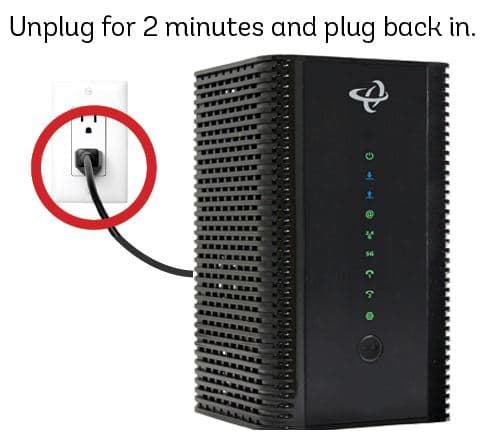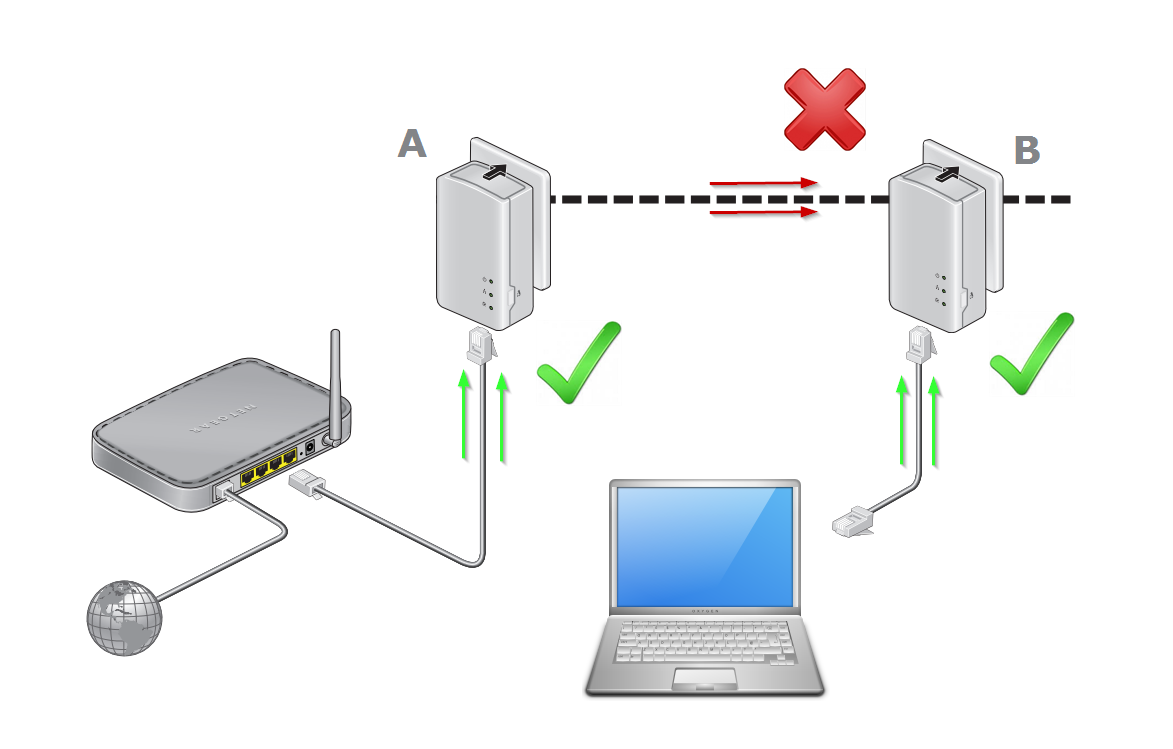The key difference between power cables and control cables lies in their intended functionality within electrical systems. Power cables are designed to safely and efficiently transmit electricity at high voltages to operate heavy equipment and appliances. In contrast, control cables carry low voltage signals to control the operation of equipment through integrated circuit boards.
Power Cables
Power cables, categorized under the Chinese National Standard GB/T12706, are vital for distributing electricity from power plants and substations to end-use equipment . Their insulation enables the safe flow of electric currents up to 500,000 volts without risk of short circuiting to ground . Common applications include:
- Connecting generators, transformers, switchgears in power stations
- Transmitting electricity through overhead power lines or underground power cables spanning long distances
- Powering heavy industrial equipment and appliances in factories
- Supplying electricity to commercial buildings and residential wiring systems
To fulfill these demanding roles, power cables feature a robust design:
- Thick insulation made of cross-linked polyethylene and PVC layers to prevent current leakage
- Durable metal shielding such as aluminum or copper wires wound in a spiral pattern
- Tough external PVC sheathing rated for outdoor and underground installation
- Large conductor cross-sectional area from 10 to 2500+ mm2 to handle high electrical loads
These rugged features allow power cables to continuously carry currents ranging from hundreds to tens of thousands of amperes. Their operating voltages typically fall between 600-1000V for standard domestic supplies and up to 500kV for extra high voltage transmission .
Control Cables
Unlike power cables, control cables operate at low voltages below 600V and often below 30V DC in process control systems . They are governed by the Chinese National Standard GB/T13384 and are designed to transmit signals rather than significant electrical loads.
Typical applications include :
- Carrying input/output signals between sensors, switches and industrial programmable logic controllers (PLCs)
- Interconnecting circuit boards within appliances and machinery
- Providing connections between equipment control panels
- Transmitting electronic control, monitoring and instrumentation signals
Accordingly, control cables feature a flexible construction with:
- Thinner PVC or rubber insulation sufficient for low voltages
- Stranded copper conductors allowing easy installation through conduits
- Multiple individually insulated cores from 2 to 61 for various control circuits
- Durable PVC outer sheath for indoor/outdoor applications
This enables control cables to withstand bending and movement within cable trays. It also permits numerous control and data signals to be combined within a single cable.
Key Differences
The following table summarizes the main differences between power and control cables related to their design and performance:
| Parameter | Power Cable | Control Cable |
|---|---|---|
| Voltage Rating | 600V+ | < 600V, Often <30V |
| Insulation Thickness | Thick | Thin |
| Number of Conductors | Up to 5 | Up to 61 |
| Conductor Size | 10 to 2500+ mm2 | 0.5 to 10 mm2 |
| Withstand Large Currents | Yes, hundreds to tens of thousands of amperes | No, signal currents only |
| Flexible Installation | No, stiff cable | Yes, stranded conductors |
| Typical Applications | Transmitting high voltages and loads | Low voltage control/data signals |
So in summary, power cables are designed for the safe delivery of high voltages and currents to operate equipment. Control cables carry much lower signal and control voltages to delicate electronics. Their differing electrical properties lead to an entirely different mechanical cable construction.
Recent Developments
Power and control cables remain vital for both residential and industrial applications in 2024. Recent advances include:
- Fire resistant cables: New standards require increased fire resistance and low smoke emissions from cable insulation
- Cross-linked polyethylene (XLPE): XLPE has become the preferred insulation for its high temperature operation, chemical resistance and longevity
- Fiber optic power cables: Optical fibers integrated into the cable structure allow condition monitoring of high voltage cables during operation
- Industrial Ethernet cabling: Fast Ethernet and IP connectivity provide control, communication and data acquisition over rugged CAT 5E cables
These developments allow for safer, smarter and more efficient utilization of both power and control cables.
Conclusion
In summary, power and control cables serve very distinct purposes in electrical systems, necessitating different designs. Power cables transmit electricity at high voltages to operate equipment. Control cables carry low voltage signals for electronic control circuits. From voltage ratings, number of conductors, insulation thickness and overall construction, power and control cables are engineered to fulfill their specific roles. Recent advances provide for safer and smarter power distribution along with industrial control networking capabilities through enhanced cable technologies.







